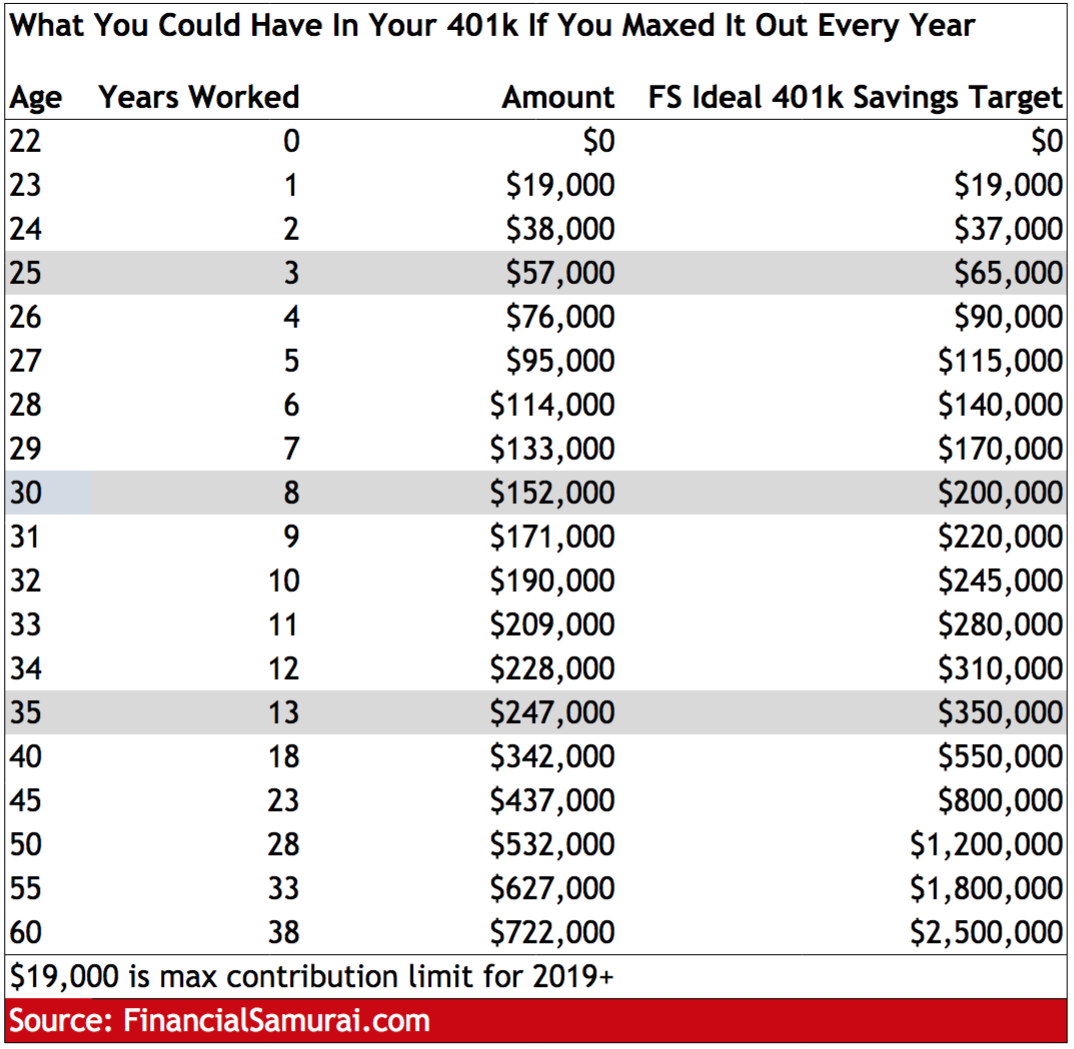

* The dollar limits are generally applied on a calendar year basis however, certain dollar limits are applied on a plan-year, tax-year, or limitation-year basis.
#401K MAX CONTRIBUTION 2021 UPDATE#
Plan sponsors should update payroll and plan administration systems for the 2021 cost-of-living adjustments and should incorporate the new limits in relevant participant communications, like open enrollment materials and summary plan descriptions.įor further information about applying the new employee benefit plan limits for 2021, contact your regular McDermott lawyer. Social Security Maximum Taxable Earnings (dollars) SOCIAL SECURITY WAGE BASE ( guidance link) HDHP – Maximum annual out-of-pocket limit (excluding premiums):Ĭatch-up contributions (age 55 or older) ± High Deductible Health Plans (HDHP) and Health Savings Accounts (HSA)

Qualified Transportation Fringe Benefit and Qualified Parking (monthly limit) In employee is married but filing separatelyĮxcepted Benefit Health Reimbursement Arrangements If employee is married and filing a joint return or if the employee is a single parent This is a 1,000 increase over the 401(k)-contribution limit of 19,5. The maximum elective deferral is 20,500 in 2022, or 27,000 if age 50 or older. 2 If you over-contributed to your 401 (k) planthat is, you contributed more than the.

HEALTH AND WELFARE PLAN LIMITS (guidance links here, here, here and here)ĭependent Care Flexible Spending Accounts ± The news is that for 2022, employees of a business with a 401(k) will be allowed to contribute up to 20,500 per year. Elective Deferral (401k) also known as Employee Contributions. For 2023, the maximum allowed contribution to a 401 (k) is 22,500 per year (up from 20,500 in 2022). For tax year 2023, you can contribute up to 22,500. Funding the 401k is completely discretionary. Key employee officer compensation thresholdĭefined benefit plan annual benefit and accrual limitĭefined contribution plan annual contribution limitĮmployee stock ownership plan (ESOP) limit for determining the lengthening of the general five-year distribution periodĮSOP limit for determining the maximum account balance subject to the general five-year distribution period Taxpayers who participate in traditional employer-sponsored 401 (k) plans can contribute a maximum of 20,500 per year in 2022. The 2021 401k contribution limit is 19,500 and 26,000 if age 50 or older. The table below compares the applicable dollar limits for certain employee benefit programs and the Social Security wage base for 20.* RETIREMENT PLAN LIMITS ( guidance link)Ĥ01(k), 403(b) & 457(b) before-tax contributionsĬatch-up contributions (if age 50 or older)
#401K MAX CONTRIBUTION 2021 FREE#
It's free money, after all.Recently the IRS and the Social Security Administration announced the cost-of-living adjustments to the applicable dollar limits on various employer-sponsored retirement and welfare plans and the Social Security wage base for 2021. If your employer offers to match your contributions up to a certain amount, be sure to invest at least that much in your 401(k) each month.Once you turn 50, add another $6,500 to that limit annually while you continue to work.For each year that you're able, aim to hit the $19,500 limit. If you do exceed it, the IRS might hit you with a 6% excessive-contribution penalty.) 401(k) Retirement Savings TipsĪdvice for maximizing your 401(k) savings: (Note: If you invest in both a 401(k) and a Roth 401(k), the total amount of money you can contribute to both accounts can't exceed the annual limit for your age, either $19,500 or $26,0. However, you might be able to avoid RMDs if you can move the money from a Roth 401(k) into a Roth IRA, which isn't subject to required minimum distributions. You'll also be required to take minimum distributions from a Roth 401(k) once you turn age 72. You can withdraw contributions and earnings tax- and penalty-free if you're at least age 59 1/2 and have owned the account for five years or more. Contributions go into a Roth 401(k) after you have paid taxes on the money. These accounts combine features of Roth IRAs and 401(k)s. "In that case, it makes sense to save on a pretax basis and defer income taxes until retirement," Brennan says.Įmployers have been increasing tax diversification in their retirement plans by adding Roth 401(k)s. For example, someone in the 32% or 35% tax bracket may be able to retire in the 24% bracket. This exception effectively allows you to double the. Roth 401(k)sĪccording to Melissa Brennan, a certified financial planner in Dallas, a 401(k) works best for someone who anticipates being in a lower income tax bracket at retirement than they're in now. In 2023, this contribution limit is increased to 22,500 as an employee (plus the catch-up provision). 4 Reasons 401(k) Plans Still Make Sense Traditional 401(k)s vs.


 0 kommentar(er)
0 kommentar(er)
